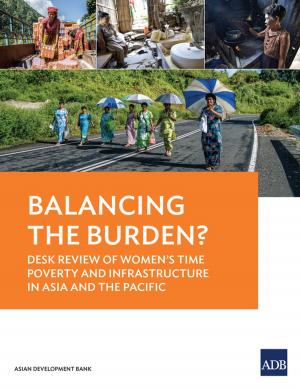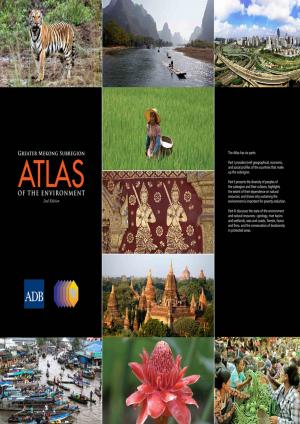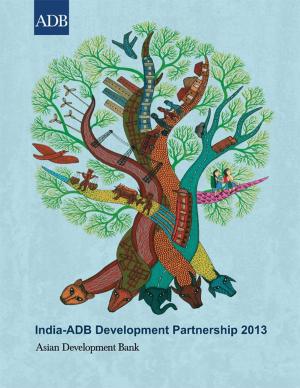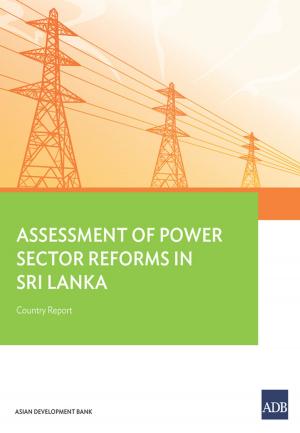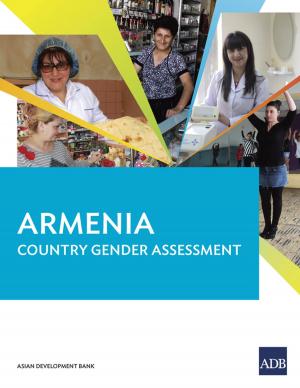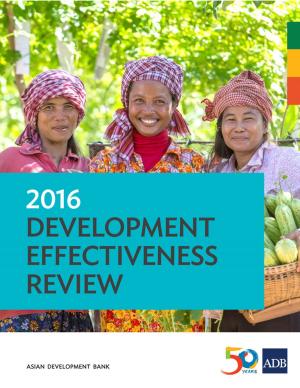Methodology for Estimating Carbon Footprint of Road Projects
Case Study: India
Nonfiction, Science & Nature, Technology, Engineering, Civil, Science, Earth Sciences| Author: | Asian Development Bank | ISBN: | 9789290920281 |
| Publisher: | Asian Development Bank | Publication: | December 1, 2010 |
| Imprint: | Asian Development Bank | Language: | English |
| Author: | Asian Development Bank |
| ISBN: | 9789290920281 |
| Publisher: | Asian Development Bank |
| Publication: | December 1, 2010 |
| Imprint: | Asian Development Bank |
| Language: | English |
Carbon footprint is a tool commonly used to describe the total amount of carbon dioxide and other greenhouse gas emissions for which an individual or organization is responsible. ADB's South Asia Department (SARD) carried out this study to explore possible approaches and methods to calculate the carbon footprint from its road activities and their total contributions on SARD's overall activities in India. India was selected for this study because it represents all types of SARD activities (highways, national roads, and rural roads) and the project locations range from urban to rural areas with different ecological conditions. A model of calculating carbon footprint---construction, operation, and maintenance---of road projects was developed, and this model was tested and presented using data from SARD projects in India.
Carbon footprint is a tool commonly used to describe the total amount of carbon dioxide and other greenhouse gas emissions for which an individual or organization is responsible. ADB's South Asia Department (SARD) carried out this study to explore possible approaches and methods to calculate the carbon footprint from its road activities and their total contributions on SARD's overall activities in India. India was selected for this study because it represents all types of SARD activities (highways, national roads, and rural roads) and the project locations range from urban to rural areas with different ecological conditions. A model of calculating carbon footprint---construction, operation, and maintenance---of road projects was developed, and this model was tested and presented using data from SARD projects in India.

